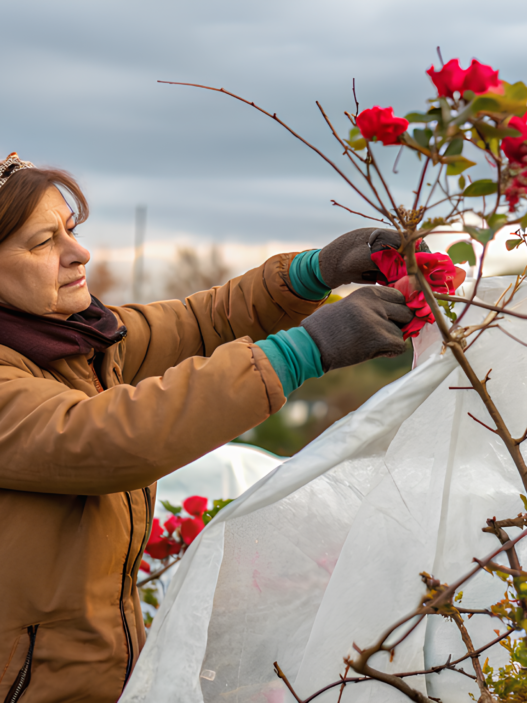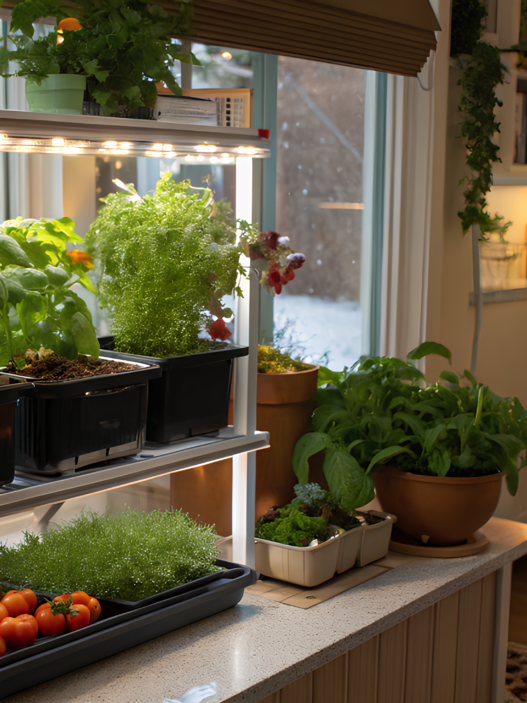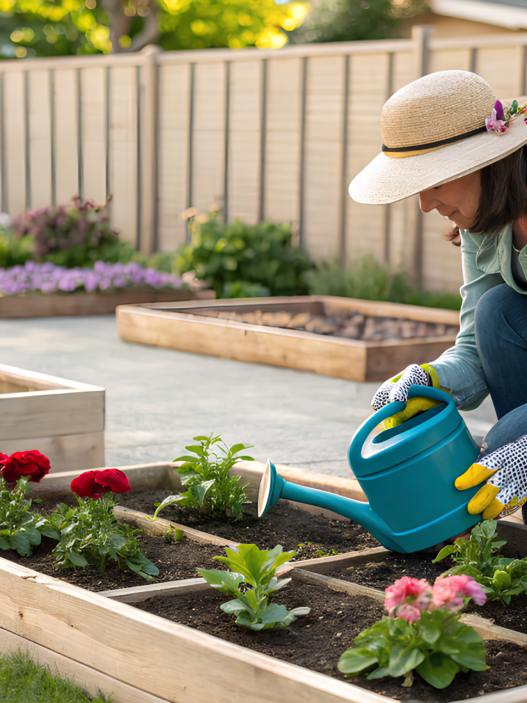Winter often gives gardeners unpleasant surprises, especially when it comes to caring for raised garden beds in winter. Their unique design has its advantages. So knowing some rules and even a little preparation can help you protect your beds, keep the soil healthy, and grow some winter crops.
If you’re interested, this article will detail what to do with raised garden beds in winter, how to use winter shelters and how to create a productive winter raised bed vegetable garden.
High beds are some height off the ground and this provides good drainage, as well as faster soil warming in the spring. But in winter they cool down faster and lose moisture more quickly, consequently they are more prone to freezing. Therefore, raised garden beds in winter require extra care to protect the soil and plants.
If you ignore the preparation of raised garden beds in winter, you are likely to compact the soil. This will affect the amount of nutrients in it and hence affect the crop in the spring.
Therefore, preparation is very helpful in keeping the soil healthy and ready for the next season. Moreover, with the right approach, your winter raised bed garden can continue to produce crops even during the cold season.
Step-by-step guide
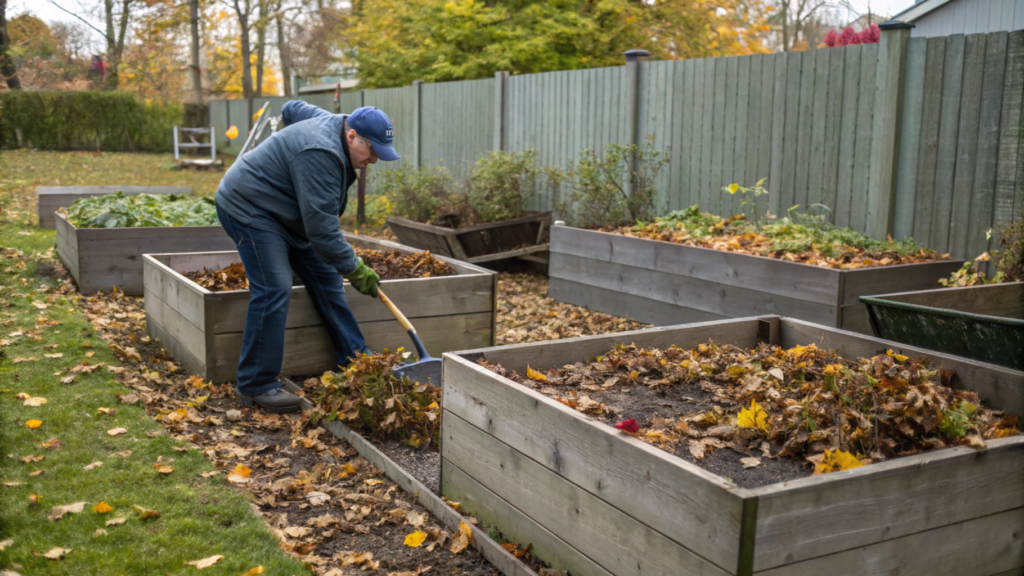
1. Clean the beds.
Unlike traditional beds, where it is acceptable to leave plant debris to rot, in tall beds it is recommended to leave only a ‘clean slate’. This will help prevent pests and diseases from overwintering in your raised bed garden winter. If the plants were healthy, they can be sent to compost. If not, then dispose of them without regret.
2. Soil Protection.
Because of the raised sides of the bed, the soil is more exposed to wind and cold, so using cover raised garden bed winter helps prevent soil erosion, as well as retains moisture and protects beneficial microorganisms from freezing.
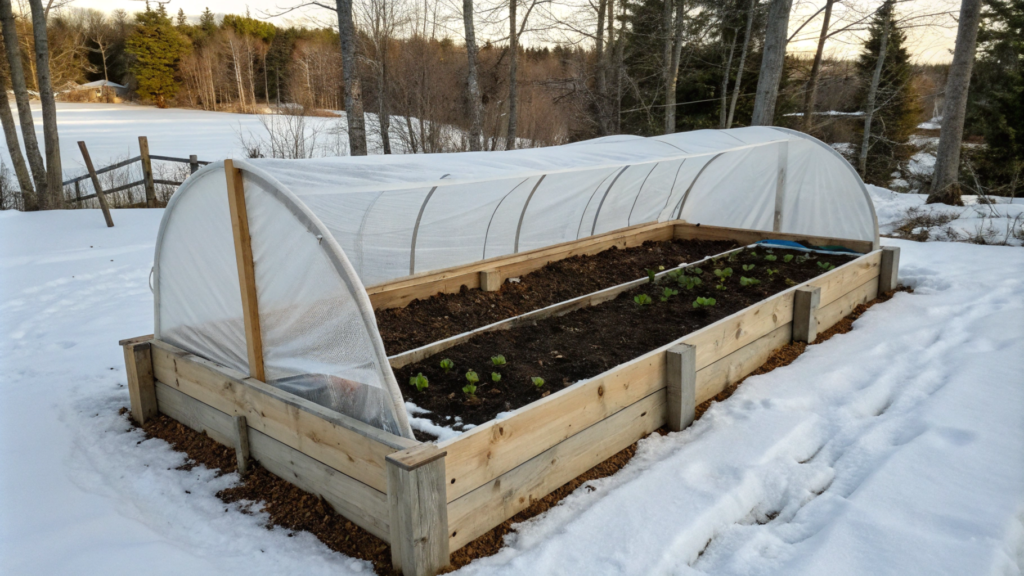
Here are a few options:
- Mulch. You can use hay, leaves, or wood chips. These are ideal for natural insulation.
- Fabric Covers. Agrotextiles or greenhouse film are suitable for regions with mild winters.
- Plastic Sheets. And this is not a bad option for snowy regions, but do not forget about ventilation. This will help avoid mold.
By using the right cover raised garden bed winter that retain heat well, you protect the soil from harsh winter weather, thus creating a comfortable environment for plants.
3. Winter planting.
Since the soil in high beds warms up faster on sunny winter days, cold-resistant crops grow well in high beds. They feel great in cold weather. And to extend the season, you can use agrofibre or small greenhouse shelters.
I can boast that in our winter raised bed vegetable garden the following crops took root perfectly:
- Cabbage
- Spinach
- Mangold
- Garlic
- Winter onions
I recommend planting winter crops early so they can get established before the first frost.
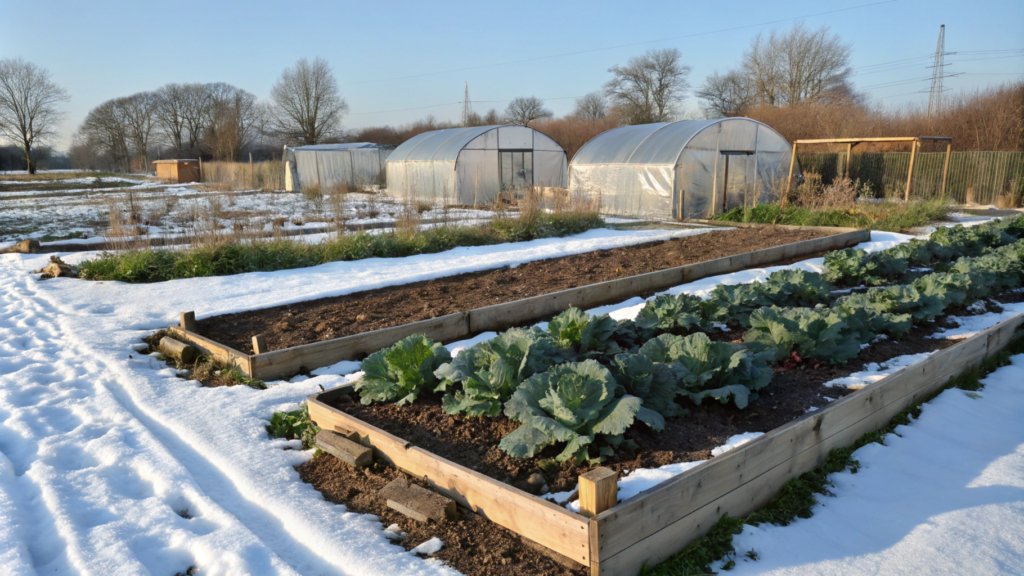
4. Siderates or green fertilizers.
As we have already said, high beds provide good drainage, which avoids waterlogging. But at the same time, it leads to rapid leaching of nutrients. So, planting siderates, such as clover or rye, in raised garden winter helps to restore the soil, suppress weeds and preserve its structure.
This is another tip for those wondering what to do with raised garden beds in winter. By spring, you’ll have fertile soil ready for planting.
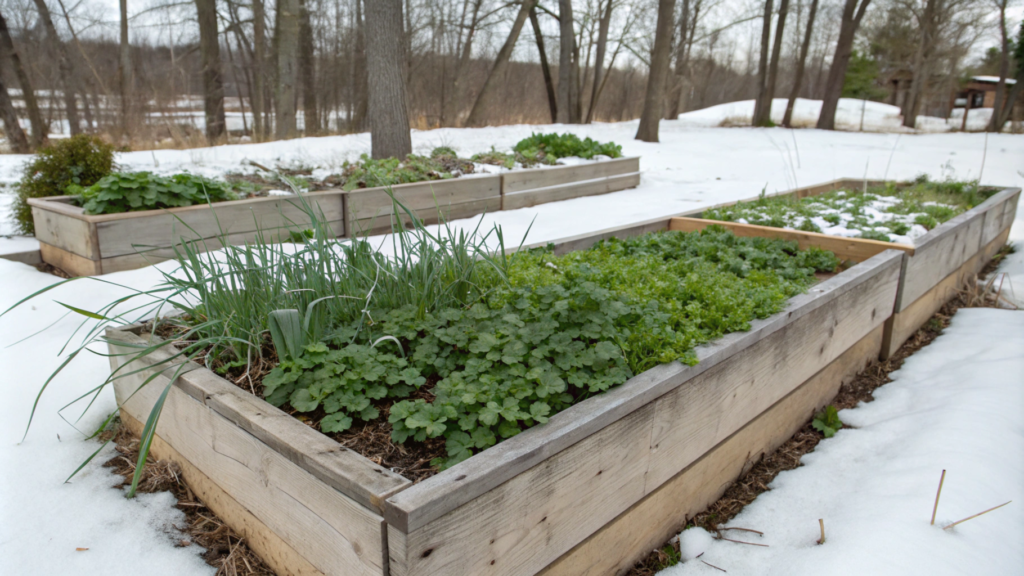
5. Winter covers.
If you live in a harsh climate, consider building or installing a sturdy raised bed garden winter cover. You can use homemade greenhouses made from PVC pipes and clear plastic, mini greenhouses made from old windows or acrylic sheets, or any pre-made greenhouse structures that fit the size of your beds
These shelters protect the soil and will allow you to grow a great winter raised bed garden, even in snowfall.
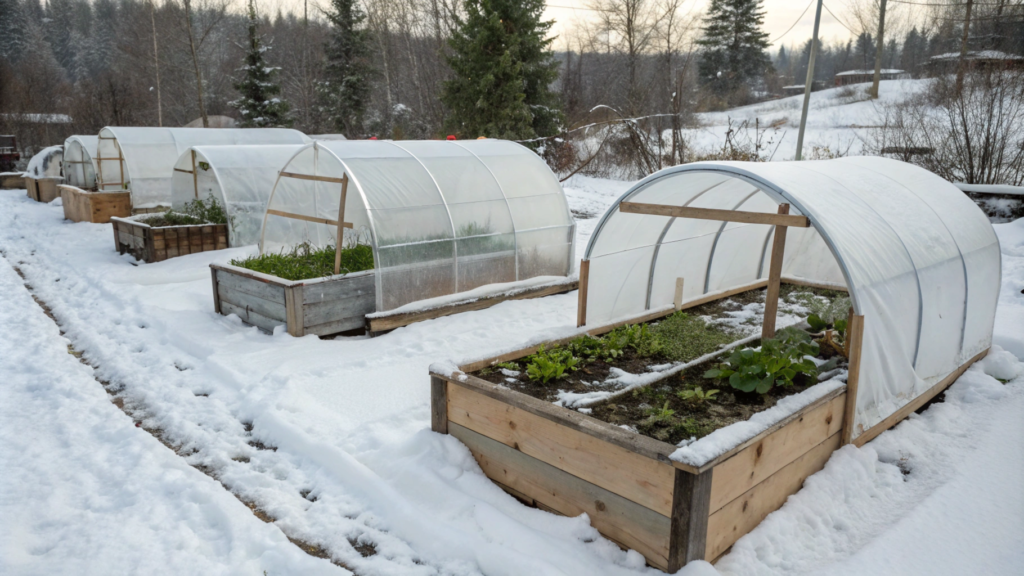
6. Care of the beds.
Tall beds, unlike traditional beds, have walls and require special attention in winter. The materials they are made of, such as untreated wood, can rot or warp due to snow and moisture, and metal tends to expand or contract from temperature fluctuations.
Tip. Start checking the condition of your beds in the fall and repair damage before it gets colder. Wrap wooden walls with burlap or waterproof material. This will help protect them from moisture and frost.

Product recommendations on Amazon
These products will help you prepare your garden for winter:
- Agrocloth to protect beds. Well proven to insulate crops.
- Mini greenhouse for high beds. A suitable option for a winter vegetable garden.
- Organic mulch. A natural and effective covering material.
With the right tools and methods for working with raised bed garden winter, your experience as a gardener will greatly expand your boundaries.
Everything is in your hands!
Preparing raised garden bed winter is not difficult, but still requires a little time and effort, as they need extra care. But if you follow the simple recommendations, you will certainly achieve good results. Your garden will be ready for the spring season.
And what methods of preparing raised garden bed winter, do you use?
Share your tips in the comments and help other gardeners.









